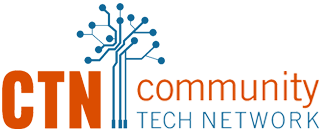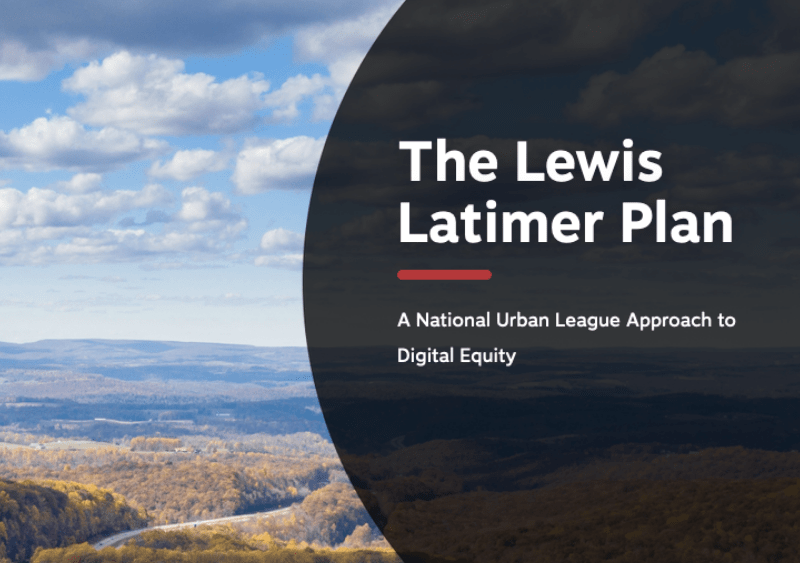“Equity is being intentional about helping people,” says Clint Odom of the National Urban League. “It is not just flooding the zone with a subsidy or telling people to sign up for a program. It is being intentional in every aspect, from funding to prioritization to utilization.”
In line with our mission to create a more digitally inclusive world, CTN is excited to see a national broadband plan that sufficiently addresses the long-standing economic and racial disparities of the digital divide. On a recent episode of The Divide podcast, Clint Odom and Blair Levin discuss the Lewis Latimer Plan for digital equity and inclusion. The plan — put forth by the National Urban League earlier this year — strategizes how to leverage the tools of the information economy to create a more equitable and inclusive society. These are its four achievable goals:
- Deploying networks everywhere
- Getting everyone connected
- Creating new economic opportunities to participate in the growth of the digital economy
- Using the networks to improve how we deliver essential services
As the digital divide disproportionately affects communities of color, the National Urban League urges policymakers to act now. “We saw an opportunity; people finally started to understand that broadband is important for every facet of life, learning, telehealth, work development, and civic participation,” Odom reflects.
The full plan offers a comprehensive analysis of the significant gaps in availability, affordability, adoption, and utilization that fuel the digital divide. A primary hurdle to getting people connected is the widespread availability of networks. However, the adoption gap — that is, the number of people who have not adopted technology even when networks are available — is three times larger than the availability gap. “You have two fundamental causes of people who have access but not adopting: digital readiness and affordability,” says Levin.
Similarly, the utilization gap — the discrepancy between how we could be using the networks we have and how we are actually using them — has widened throughout the pandemic. “We ask people to go online to register for vaccinations, complete homework online, but we cannot ask people to do things that they do not have access to or support in doing,” says Odom.
The plan calls on the Federal Communications Commission to
- Define what the minimum standards of broadband should be
- Decide on a mechanism for distributing funds
Although the recent COVID bill provided $10 billion for broadband infrastructure, there needs to be a surge of funding to finish the job. There also has to be an expedited allocation of funds. “Every day that goes by without funding available, we miss huge opportunities to reach people during an emergency,” says Odom.
Unlike the National Broadband Plan (put forth 10 years ago by the FCC), the Lewis Latimer Plan is structured to be accomplished within a four-year window. Levin and Odom are hopeful that the current administration will enact meaningful change.
“On Biden’s first day in office, he signed an executive order asking all government agencies to report what they are doing to ensure that all — but particularly marginalized communities — have equitable access to all their services,” Levin points out. Yet many of these services are now taking place online, whether it be job training programs, access to healthcare provisions, Department of Labor programs, etc. “You cannot achieve goals of that executive order unless you have an underpinning of networks everywhere, with everyone able to afford and have the tools to use it.”
For more information, read the National Urban League’s recent press release.


Comments are closed.